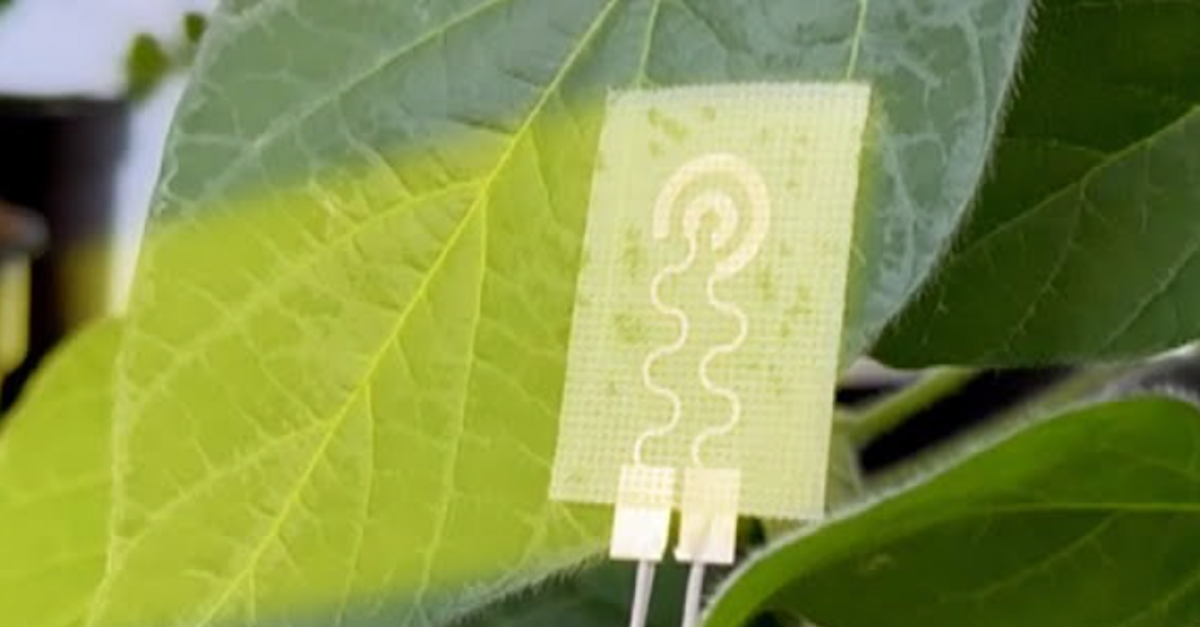Written by
Jerônimo do Valle
Plants cannot speak when they are thirsty. And visual signs, like wilted or blackened leaves, don't start until most of the water is gone. To prevent this from happening, researchers have created a sensor that can be "worn" to plant leaves. The system transmits data wirelessly to a smartphone app, enabling remote management of water stress in gardens and plantations.
The latest wearables are more than just step counters. Some smartwatches already monitor the electrical activity of the wearer's heart with electrodes that are placed against the skin. And because many devices can wirelessly share the collected data, doctors can track the health of their patients from a distance.
Likewise, wearable devices can help farmers and gardeners remotely monitor the health of their plants, including leaf relative water content (RWC) – the key marker of metabolism and water stress. Previously, researchers had developed metal electrodes for this purpose, but they had problems with fixing, which reduced the accuracy of the data. So the scientists wanted to identify an electrode design that would be reliable for long-term monitoring, while staying in place.
Two types of electrodes were developed: one made of nickel deposited in a narrow, irregular pattern, and the other cut from partially burnt paper that was coated with a waxy film. When the team affixed them to the soybean leaves with clear duct tape, the nickel electrodes produced larger signals as the leaves dried and resisted the wind better (from a fan) – likely because of the thin, uneven design of the metallic film allowed more tape to attach to the surface of the sheet.
Then the researchers created a wearable device with the metal electrodes and attached it to a live plant in a greenhouse. The device shared data wirelessly with a smartphone app and website, and a quick and simple machine learning technique successfully converted that data to the percentage of water content lost. The researchers say that monitoring the water content of leaves can also indirectly provide information about exposure to pests and toxic agents.
As the plant wearable device provides reliable data indoors, they now plan to test the devices in gardens and outdoor plantations to determine when plants need to be watered, potentially saving resources and increasing profits.

